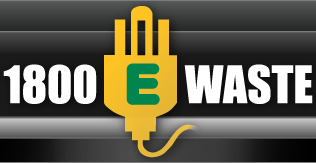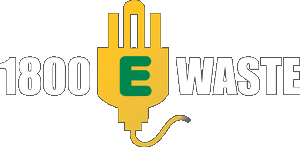
Make way CRTs, LCD coming through…
With the boom in technological advances over recent years, the CRT is fast becoming a thing of the past. Replacing it faster than you can say ‘What’s on the box?’ is the new generation of televisions and computer screens – LED, LCD, HD, 3D are all fighting over top spot. CRTs no longer make the cut.
However, CRT monitors are typically considered one of the hardest types of waste to recycle and a worryingly high amount of CRTs are often left out on the street or sent to landfill. The worrying truth, however, means that for every CRT we dump, we’re also pouring an alarming amount of hazardous waste into our environment.
- LEAD content in a CRT monitor can be as high as 20%, which means that one 34” television can contain up to 1kg of lead. Allowing this hazardous material to seep into soil and water systems can be extremely harmful to human health, as well as the environment
- MERCURY does not break down – once we place mercury filled CRT monitors into landfill, it remains there and does damage to our environment forever. Just one drop of mercury can poison more than one million gallons of water, and it doesn’t stop there – it also reacts with oxygen to poison the air we breathe too.
- CADMIUM is easily absorbed, which means that it’s quick to spread and do damage to our soil and water streams. Like Lead and Mercury, Cadmium has been linked with a whole host of human illnesses – cardiovascular disease, hypertension, kidney disease and several cancers. It’s poorly biodegradable too, so it likes to hang around for a long time.
Add to this the contamination of barium and phosphorous that CRT monitors also contain, when we throw away a CRT monitor, we’re actually throwing away a box of highly toxic, poisonous chemicals.
Monitor the effects of your CRT waste with 1800Ewaste
Due to their size and weight, CRT monitors often appeal to electronic waste exporters and fake recyclers for the metals and plastic they contain. You may even find a company that offers to buy your CRT monitors from you. This is wrong.
Exporting electronic waste is illegal, and is often sent to recycling centres in developing centres with little or no health and safety policies. Here, CRTs are stripped of their valuable materials and then burnt, releasing harmful chemicals directly into the air.
Using a company like 1800Ewaste however, guarantees that your electronic waste is recycled right here in Australia, using ISO140001 approved recycling facilities. 95-98% of your electronic waste, by weight, is recycled. All it takes is one quick and easy phone call to 1800 392 783 (freetoll) where one of our friendly customer service team are willing and ready to provide you with an obligation free quote.

